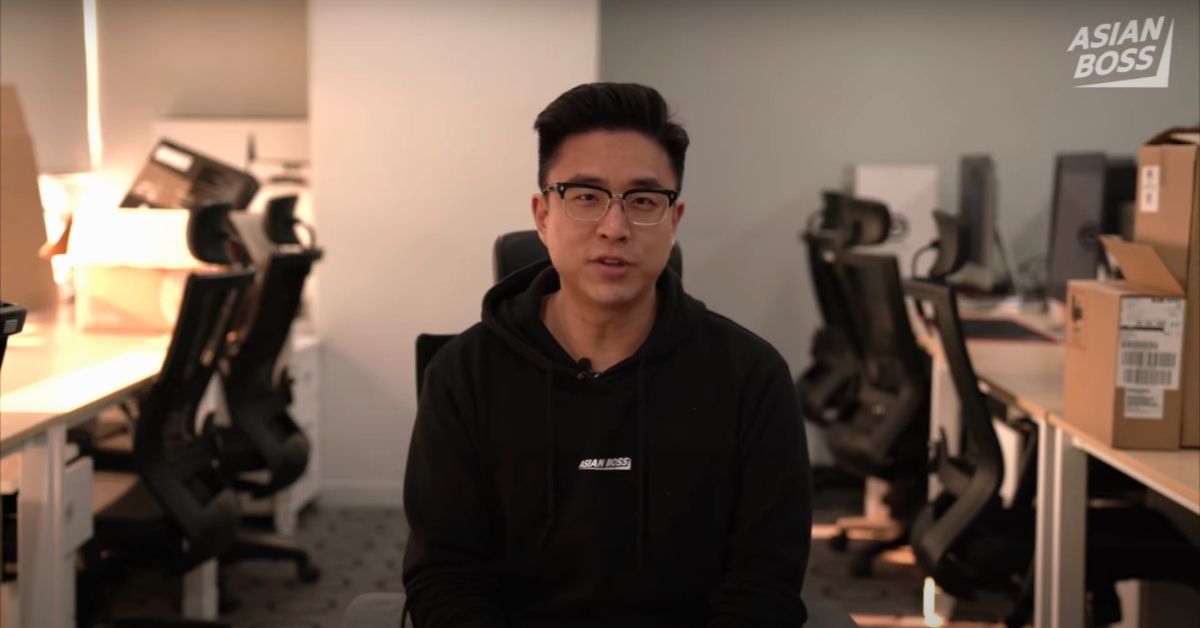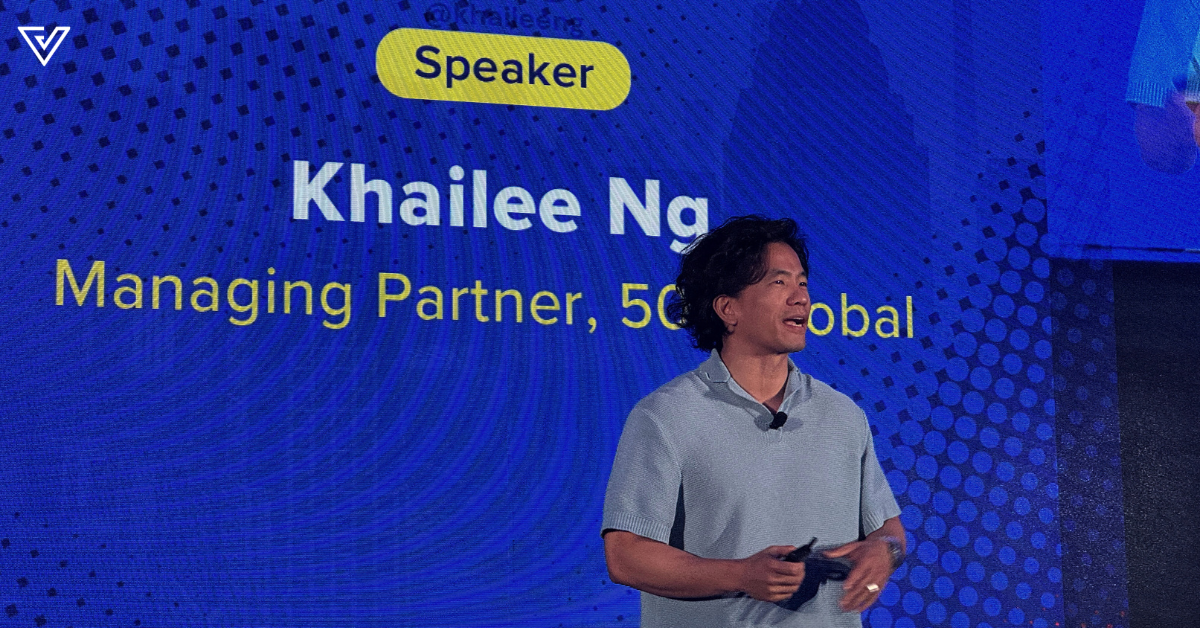On January 25, Asian Boss’ CEO and co-founder, Stephen Park, revealed in a video that the company is months away from shutting down.
The South Korean media company produces free videos that highlight the stories of Asian people to bridge social and cultural gaps.
In the video, Stephen revealed that he’s so far laid off 40% of their staff and instituted pay cuts to remaining ones. They’ve also moved to a smaller office to extend their lifeline.
Requesting help from fans to keep the company alive, they’ve launched a GoFundMe campaign with a targeted amount of US$700,000.
The funds will provide enough runway for the rest of this year. Stephen also explained that it will give them more time to improve their business model.
So, what led to this dire cash position?
1. Their Videos Were Demonetised By YouTube
As mentioned earlier, Asian Boss is a channel that brings authentic content about highlighting sensitive issues around Asia that mass media may not cover.
Stephen said that producing such content led to YouTube demonetising many of their videos. Many may have been deemed inappropriate by YouTube’s advertising-friendly guidelines.
This likely hurt their chances of monetising from video ads that can come in many forms. It appears that Asian Boss hadn’t prioritised monetisation in any other way, so losing this revenue source didn’t help their current situation.
It was my fault as the CEO. I was too focused on creating quality content and left little attention to monetisation. Now we are faced with the possibility of shutting down Asian Boss forever.
Stephen Park, CEO and co-founder of Asian Boss.
2. They Relied Too Heavily On Funding
Despite being demonetised on YouTube, Asian Boss managed to find investors who believed in their vision. But when the pandemic hit, it led their investors into bankruptcy themselves. As a result, the company is now months away from running out of cash.
Though funding can come as good news, it’s not sustainable to rely only on it to run your operations. Funding is usually meant to help startups grow fast to reach a point of profitability.
Thus, startups need to be wary of relying on funding alone, as companies cannot remain in business without turning a profit. However, media companies in general may struggle to turn a profit, but more on that later.
3. They Weren’t Running Asian Boss Like A Business

After years of scrambling from nothing and learning how to film from scratch, the company was able to grow.
They were eventually able to report stories from 7 Asian countries to bring audiences raw insights on news and cultural trends, posting multiple videos from across countries every week.
Running a company that’s spread out with its own teams in different countries won’t be cheap, and salaries have to be accounted for. Furthermore, it seems that the cost of running the company relied heavily on their investors, with little to no help via monetisation.
Asian Boss has raised over US$660,000 from fans, but these went to various social causes instead. He admitted that they were so focused on taking care of the less fortunate and creating quality content that he missed out on looking after his own business.
It’s Not Easy Profiting As A Media Company
Apart from relying on video ads, there are other ways for media companies to monetise on YouTube. One of them is through subscription models like offering channel memberships.
Here, members make monthly payments in exchange for special perks that are offered, like additional behind the scenes content that Vox does.

This provides content creators with a stable recurring revenue stream that can aid in production costs.
Additionally, creators on YouTube can also sell merchandise like T-shirts and hoodies. It works as a two-pronged approach as it’s a form of easy marketing when fans wear it out in public. But of course, this means that creators have to fork out funds to even produce merchandise.
It’s safe to say that people are less accepting when it comes to paying for content alone, as there are many free alternatives out there. This applies to off-YouTube content too.
To justify a fee, media companies need to ensure that their content needs to be of a higher quality that cannot be found anywhere else.

But in order for their content to be monetised, they need it to be seen. Hence, some media corporations may use a larger share of their advertising budget to market their products directly to their customers. Note the sponsored articles and videos on websites and social media channels.
By getting content seen by more people, it results in higher viewership, which leads to more paying advertisers in the form of affiliate links, sponsored content, as well as banner or video ads.
This vicious cycle of advertising is, of course, just one of the ways media companies monetise. However, there are other ways that have helped some reach profitability.
Going Black
In November last year, it was reported that Media Prima Bhd reached a net profit of RM12.43 million. It was for its 3rd quarter which ended on September 30, 2020.
Little of their revenue was earned from advertising though, due to the pandemic. Other revenue streams came from their smaller owned companies, like their e-commerce CJ Wow Shop, for example.
Star Media Group Bhd (SMG) attained a net profit of RM26.9 million for its 3rd quarter on September 30.
Though, their profitable year was also aided by compensation from a legal case amounting to RM50.5 million. Even with such outcomes, these groups have had years of their own struggles.
Media Prima suffered a net loss of RM24.16 million in 2019, which led it to cut operational expenses by retrenching over 800 employees in June 2020.
SMG too, let go of over 100 employees in a downsizing exercise in December 2020, after its profitable Q3.
To further diversify its revenue streams for the upcoming years, The Star Online launched a paywall for their articles.

It can help with income for the group, as it did for Singapore’s Tech in Asia who reached their first profitable year in 2019.
It came 7 years after their chief correspondent and former CEO, Terrence Lee, joined the publication in 2013. It was also after several rough patches which led to layoffs that could not be saved with funding.
-\\-
Every company will have its own rough patches and needs to go through pivots to get them out. Asian Boss is no different.
Though the news is solemn, I do hope that their crowdfunding programme will buy Stephen more time in finding ways to monetise and rethink their business model and approach as a media company.
The lessons he’s learnt and shared can also be practised by other media companies who find themselves in a similar struggle.
Featured Image Credit: Stephen Park, CEO and co-founder of Asian Boss









